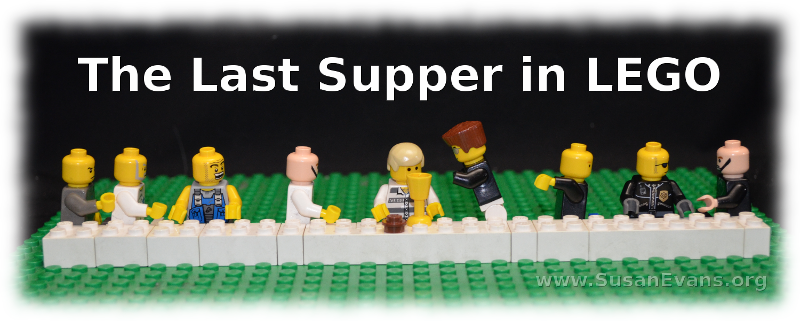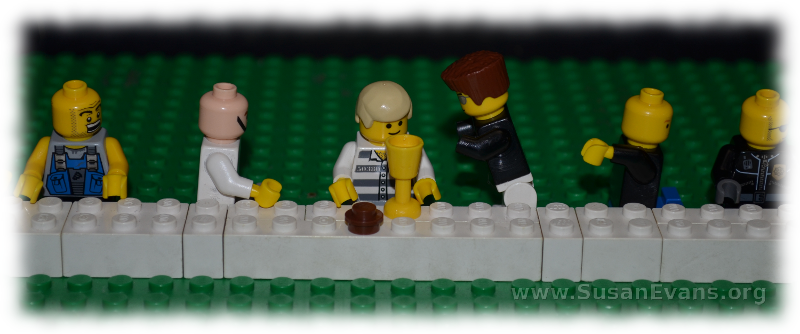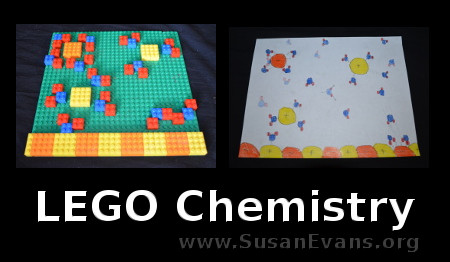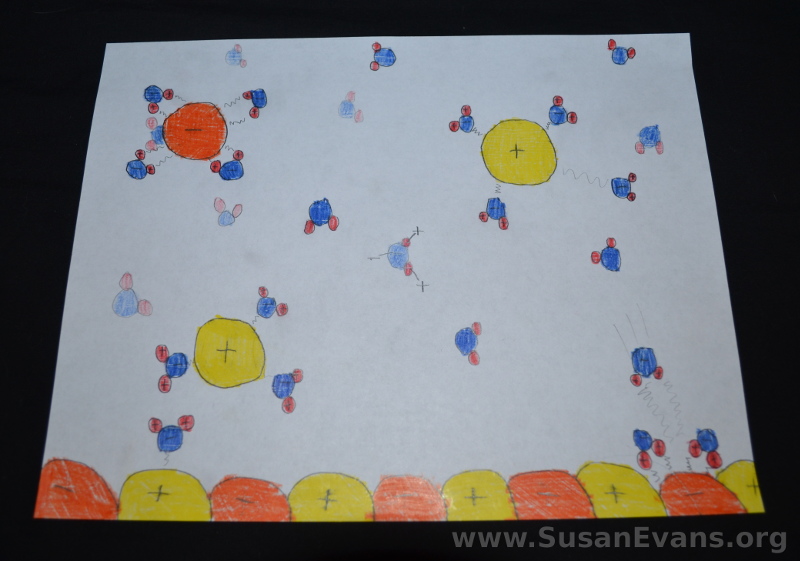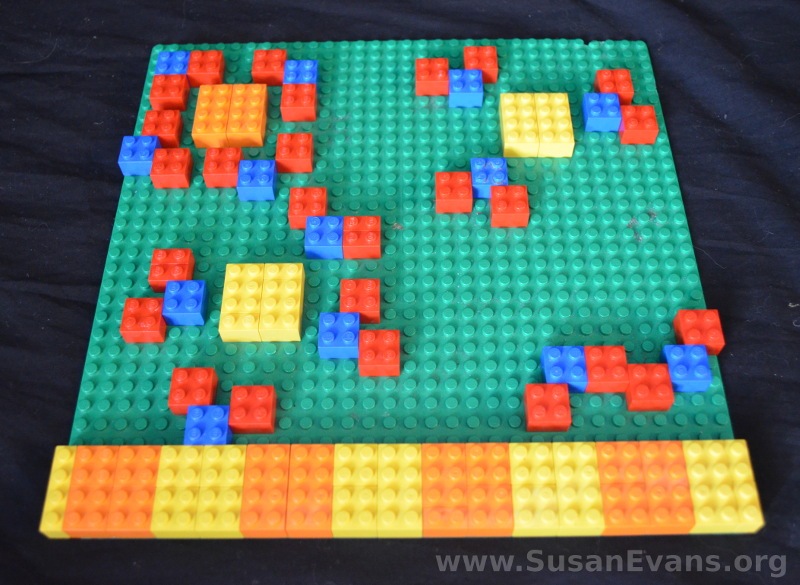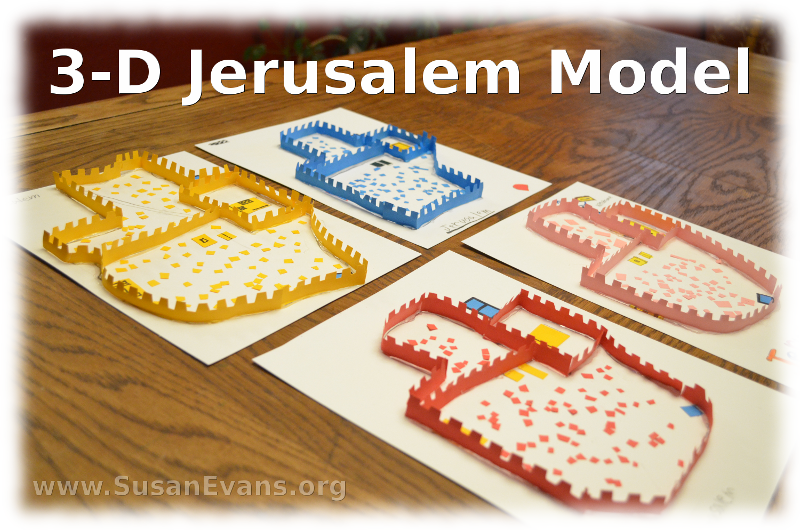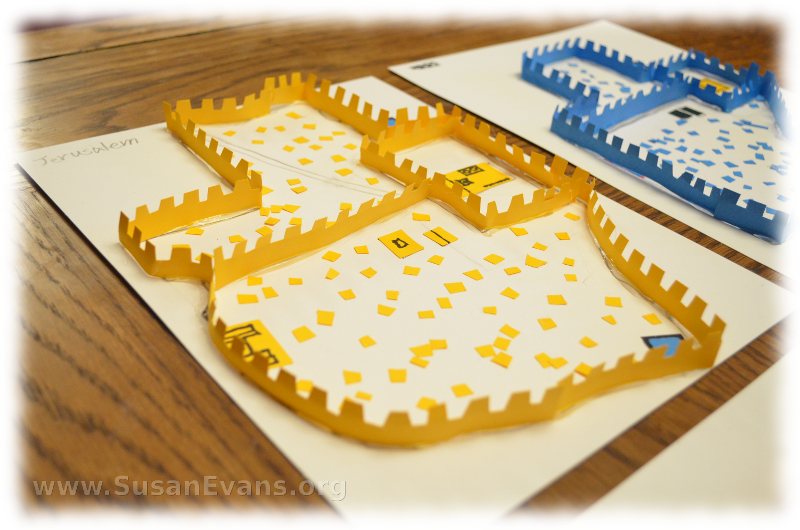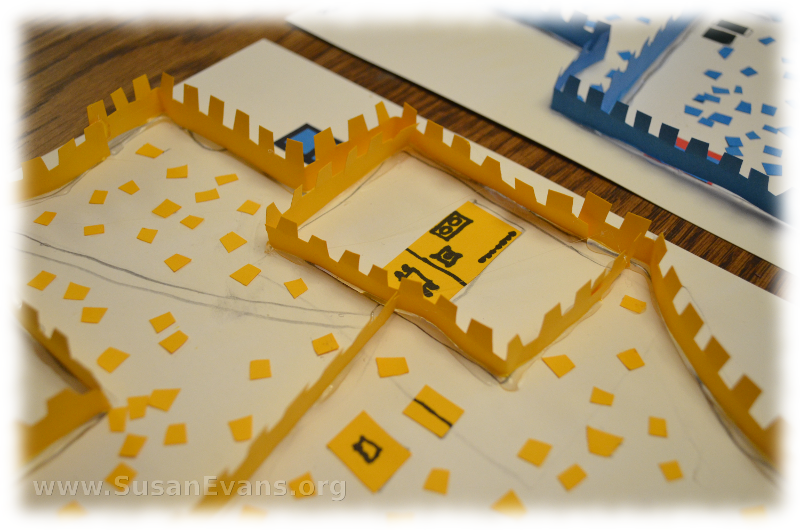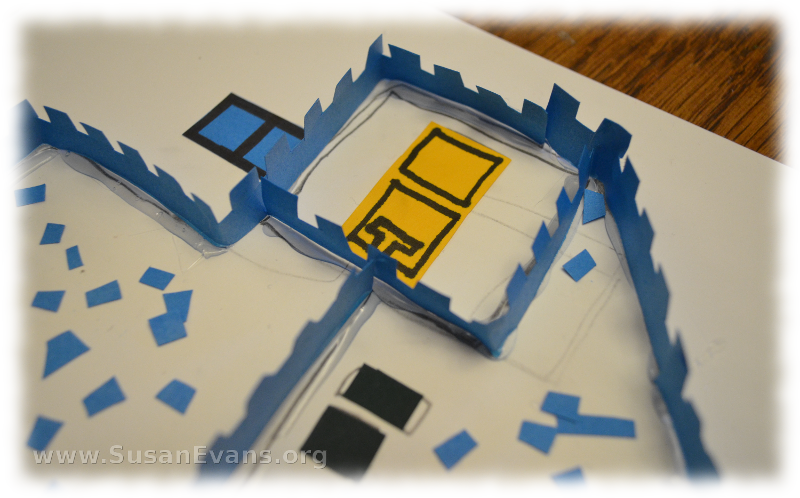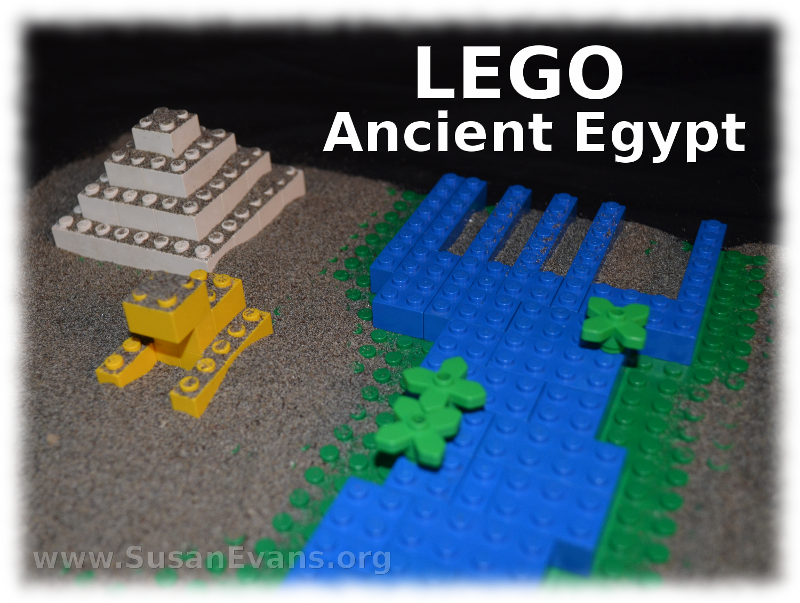 My daughter constructed a LEGO Ancient Egypt, with the Nile River flowing over the hot sand overlooking a pyramid and the Sphinx. We used regular LEGO bricks, so anyone can do this.
My daughter constructed a LEGO Ancient Egypt, with the Nile River flowing over the hot sand overlooking a pyramid and the Sphinx. We used regular LEGO bricks, so anyone can do this.
You start with a LEGO base. Create the Nile River by collecting blue LEGOs and making the river flow from one end of the base to the other. Don’t forget to form the Nile River Delta on the north side of the base. A delta is a place where a river splits up into rivulets. You can place some palm trees along the river if you have them.
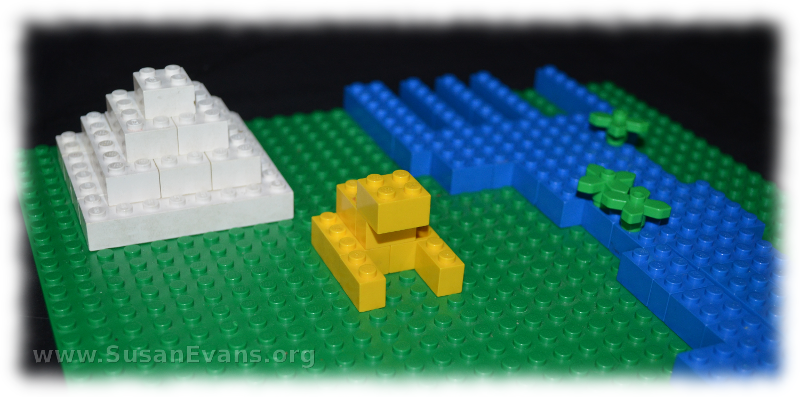 Next you will want to make a pyramid. We chose white LEGOs, building them up into a step-like pyramid. If you want to make three smaller pyramids, you could do that instead of making the larger one.
Next you will want to make a pyramid. We chose white LEGOs, building them up into a step-like pyramid. If you want to make three smaller pyramids, you could do that instead of making the larger one.
The Sphinx was made out of yellow LEGOs, with two thin yellow LEGOs as the legs. Two regular LEGOs form the body, with a half LEGO for the head. Simple.
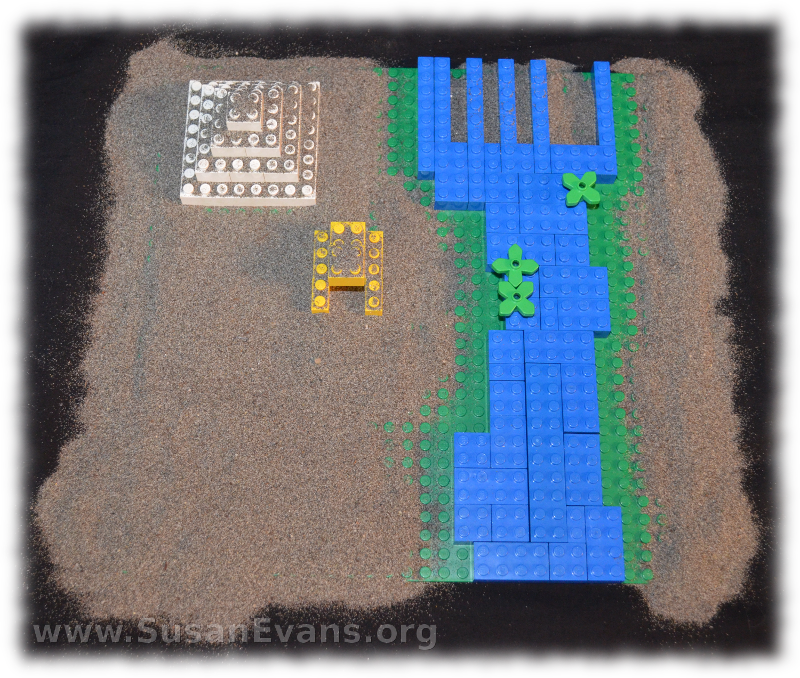 Now pour sand over the whole thing, making sure to leave a little bit of green on either side of the Nile River, because the land next to the river is green compared to the desert further from the river.
Now pour sand over the whole thing, making sure to leave a little bit of green on either side of the Nile River, because the land next to the river is green compared to the desert further from the river.
If you look at the LEGO Ancient Egypt from the top, you will notice that it looks like a map. You can have your children draw a map of the scene for practice in map-making skills.
Here are some more Ancient Egypt Unit Study ideas:

